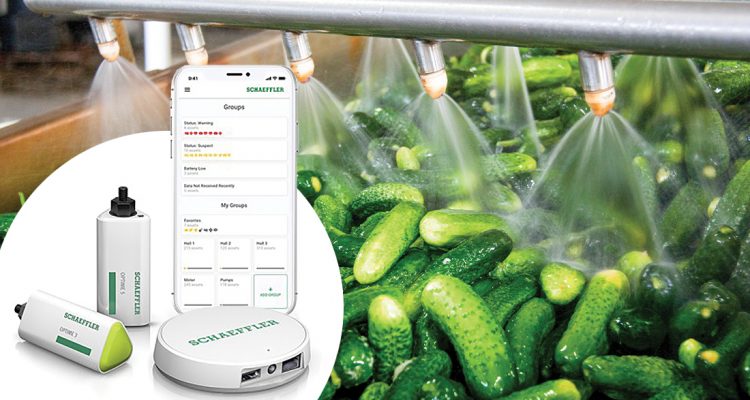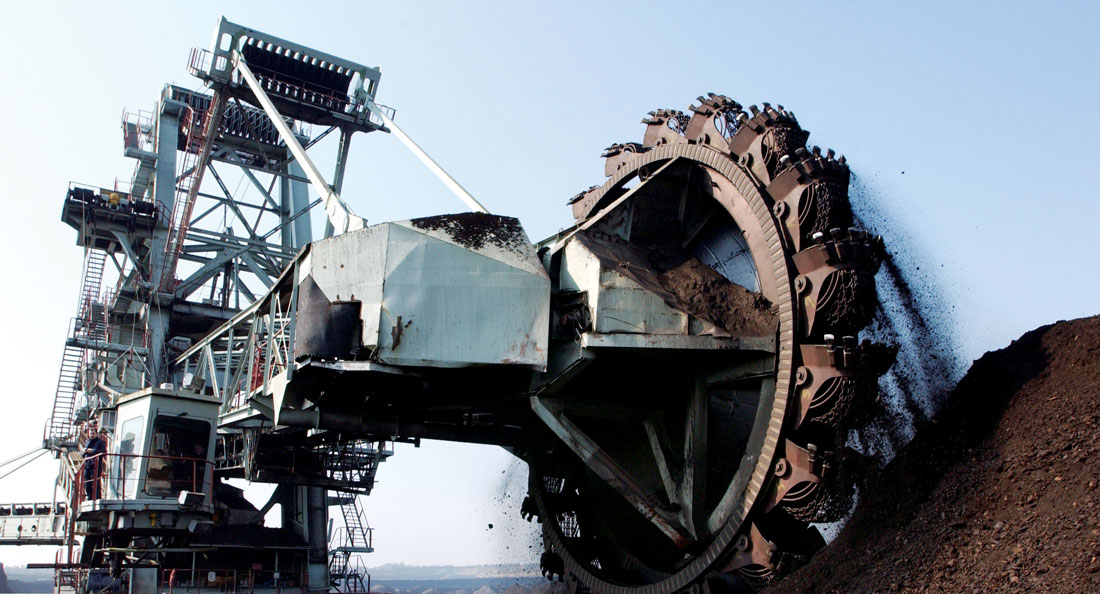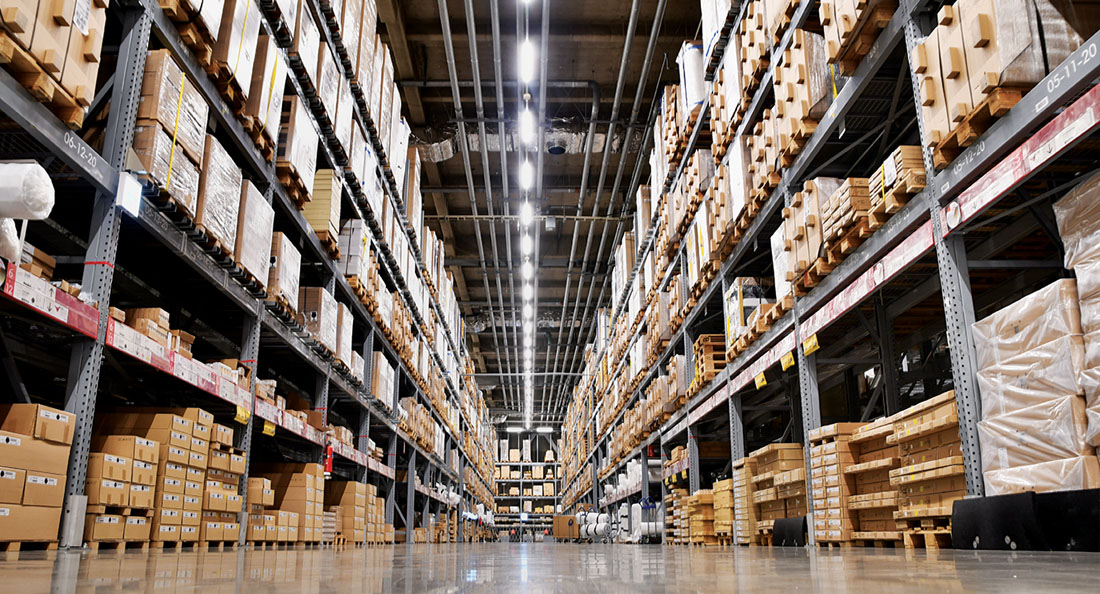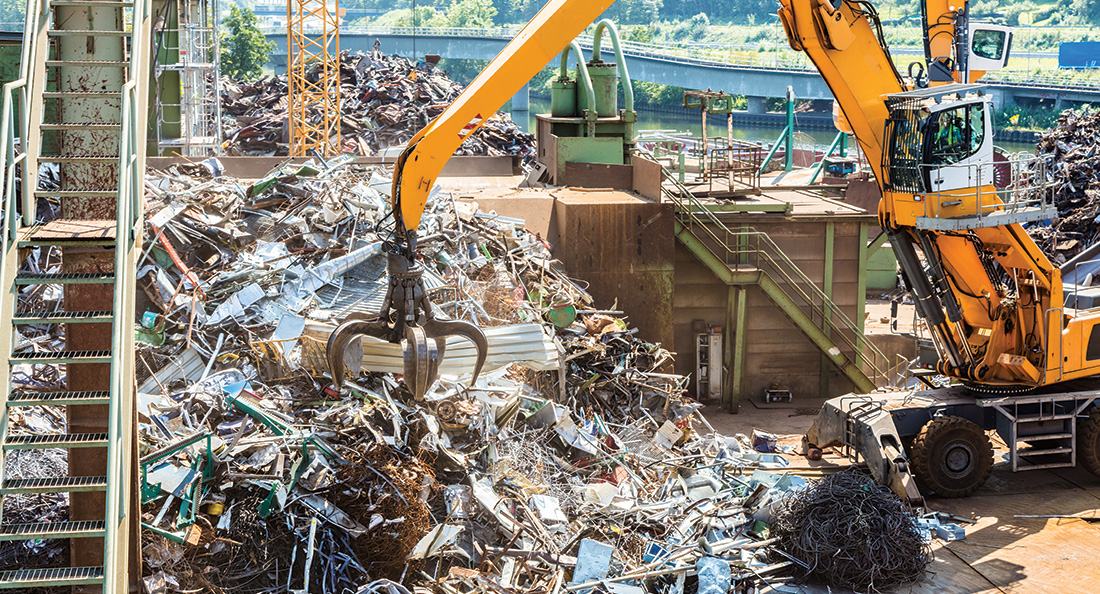One of the primary causes of waste in the food and beverage industry is equipment failure. Yet it is also preventable with a proactive approach to maintenance that involves the condition monitoring of machinery says Ryan Kendrigan, General Manager of Engineering & Services at Motion Australia.
“It’s largely about minimising downtime and comes back to being able to effectively schedule maintenance and repair work,” he explains. “In any food production plant, there will be a substantial amount of degradation of equipment over time, it’s just the nature of environment. Being able to effectively plan around your production schedules gives you the best chance at minimising wastage.”
Ryan provides the example of a commercial bakery. If there is an unplanned stoppage on a conveyor going through an oven, then large batches of product will be lost.
“Those types of losses can be substantial for a small to medium enterprise,” he says. “Often the plant equipment is linked in terms of cycles, so if one part of the plant is out, that potentially prevents you from operating a larger suite of equipment which sets back production for an extended period of time.”
Enter the Schaeffler Lifetime Solutions – a suite of condition monitoring and smart maintenance tools. As a key partner to Motion Australia, customers in the food and beverage sector now have access to this solutions range.
“We have a long history of working with Schaeffler on condition monitoring products in the mining sector, but with recent advances in technology, this wireless, online real-time condition monitoring is now more affordable and available to a broader market, including small to medium enterprises in the food and beverage sector,” says Ryan. “Getting insights from machinery while it is in motion, provides the type of business intelligence that drives efficiencies.”
According to Ben Kang, Lifetime Solutions Manager for Schaeffler Australia, the Schaeffler OPTIME remote monitoring solution is a ready-to-go package that includes sensors, a gateway and digital services. Importantly, the solution uses in-build algorithms to provide automated analysis, meaning the plant or maintenance manager doesn’t need to do any analysis of the data themselves.
“You can cover thousands of points with an algorithm that will essentially go through the data and give you advance warning if you have any sort of developing issues with your rotating equipment,” Ben explains. “We call this actionable intelligence. The biggest advantage is that any changes in the machine status will be relayed by push notifications.”
The user simply opens the OPTIME app on their smart device to review the equipment being monitored. Ben says having access to this type of information affords plant managers one primary advantage – the time to predict and pre-empt any issues, rather than react.
“Condition monitoring is about the whole machine – you can identify anomalies in bearing performance through vibration analysis, or detect issues such as imbalance, misalignment, low oil or an electrical fault on a machine,” he says. “Having these diagnostics while the machine is running means you can action them before they become a bigger problem, particularly when they are connected to other equipment. It also enables you to do forward planning and organise critical spares inventory.”
Importantly, the OPTIME condition monitoring can reduce downtime caused by bearing failure by up to 80%, which reduces energy costs across the entire production process. There is also a tool in the portfolio that optimises lubrication – the OPTIME C1 smart lubricator – which can cut lubricant waste by 30%.
Ben also points out that from a scalability perspective, OPTIME gives businesses flexibility as they take their first steps down the predictive maintenance path.
“This is a rapidly developing field, and our OPTIME solutions allows businesses to keep their options open-ended, it doesn’t limit them in terms of scope or capability. What it does provide is the ability to deploy a large number of sensors, administer and manage them without having any experience in this area. Cost-wise, it is also very reasonable – for each measurement point it costs the equivalent of two-hours labour in Australia to set up – and then you have 24/7 monitoring for the life of that machine.”




